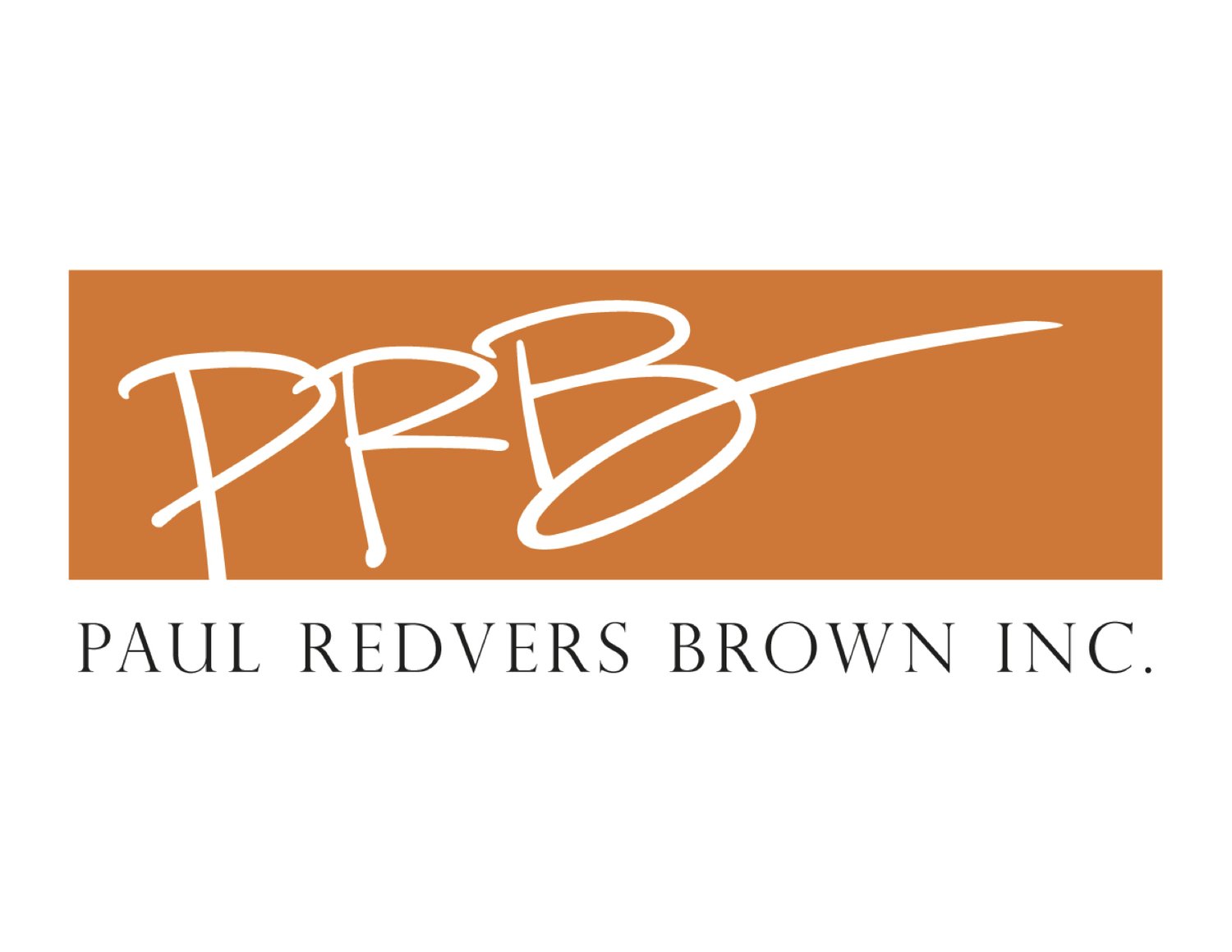Evolution of Urban Water Management
My colleague Vladimir Novotny has done a good job condensing the several thousand years of water infrastructure history into four distinct stages – or paradigms as he calls them.
Opportunistic Utilization of Readily Available Water
They proceed from the initial use of easily accessed surface water and shallow groundwater, and the use of streets as the primary means for directing stormwater flows and disposing of every kind of human and animal waste imaginable. It’s a situation that conjures up Jonathan Swift’s poem “A Description of a City Shower”:
Now from all parts the swelling kennels flow,
And bear their trophies with them as they go:
Filth of all hues and odors seem to tell
What street they sailed from, by their sight and smell…
Drowned puppies, stinking sprats, all drenched in mud,
Dead cats, and turnip tops, come tumbling down the flood.
This first paradigm persisted in many cities well into the seventeenth and eighteenth centuries, and can still be found as the norm in squatter settlements surrounding the world’s burgeoning megacities – life-threatening quality water, haphazard drainage, regular flooding, and no sanitation.
Engineered Storage and Conveyance
What emerged as the second paradigm was the engineered construction of water storage facilities, aqueducts, and drainage facilities – all of which were well-developed technologies in Roman times and earlier. The word “drainage” in this case means the stormwater runoff and stream flows resulting from rainwater and snowmelt – although the contamination of drainage systems with the addition of human wastes is an important accidental “innovation” that developed in Roman times as well.
Addition of Water Treatment Technologies
The degradation of water quality resulting from the growth of industrial cities in the nineteenth and twentieth centuries drove the development of the third model, which added water treatment both at the source of potable supplies and at the point of disposal to receiving waters, dramatically improving health and water quality.
Non-Point Source Pollution Control
And finally, in the fourth paradigm, which is in progress, efforts to reduce and control the pollutants that result from stormwater runoff, which can affect water bodies from sources that arrive either through pipes or flow directly into rivers and streams –– have been added to the end-of-pipe, command and control, fast-conveyance systems approach that has evolved over four thousand years.
So, over time, we have successfully designed urban water systems that keep land relatively dry (i.e., properly drained) and provide a reliable supply of potable water for human and commercial needs. And then, as a matter of convenience, we use potable water as a means of carrying away human and industrial wastes for subsequent treatment and disposal. These systems have always been integrated into the built environment of buildings and streets – relying on properly designed streets as one of the means of providing adequate drainage.
The Fifth Paradigm
In our book Cities of the Future, we explored the connections between urban water quality, hydrology, and broader aspects of urban land use planning. We concluded, as others have, that there would need to be fundamental changes in order to get to what Vladimir has characterized as the “fifth paradigm” of urban water management. As suggested, the previous four have a few things in common. They look at water as either a resource to be utilized for potable, commercial, and waste disposal purposes, or a nuisance and threat to be protected against. Centuries of engineered systems have been designed to move water rapidly from where it is to where it’s needed, and from where it’s not wanted to someplace else.
We address the need for fundamental change in our Preface to Cities of the Future:
The fifth paradigm of urban water management . . . adopts a holistic, systems approach to the urban watershed, rather than a functionally discrete focus on individual components (drinking water, sewage, stormwater) characteristic of earlier models.
[In] this fifth paradigm . . . all the components of water supply, stormwater, and wastewater will be managed in a closed loop.
One of the goals of the fifth paradigm is to develop an urban landscape that mimics but not necessarily reproduces the processes and structures present in a predevelopment natural system… (H)ydrological mimicry . . . relying on reduction of imperviousness, increased infiltration, surface storage and use of plants that retain water . . . interconnected green [spaces] . . . around urban water resources . . . (and) storage-oriented drainage with less reliance on underground conduits and more surface storage, infiltration and flow retardation.
Progress in the direction of Vladimir’s fifth paradigm will require fully coordinated management of water and land in a manner that has few precedents. Instead of a system that provides water, sewer, and drainage to individual parcels of land, we will be designing an urban landscape that utilizes integrated systems of plumbing and land use to reduce the need for more pipes, pumps, and treatment plants, as well as the imported water to fill them. More importantly, design objectives will be different as well – transitioning from the utilization of natural resources to fuel urban development towards managing urban development to preserve natural systems for growth and renewal. When we examine the process of land-use planning and development, the prospects for this kind of radical redesign of the urban landscape present some challenges.

